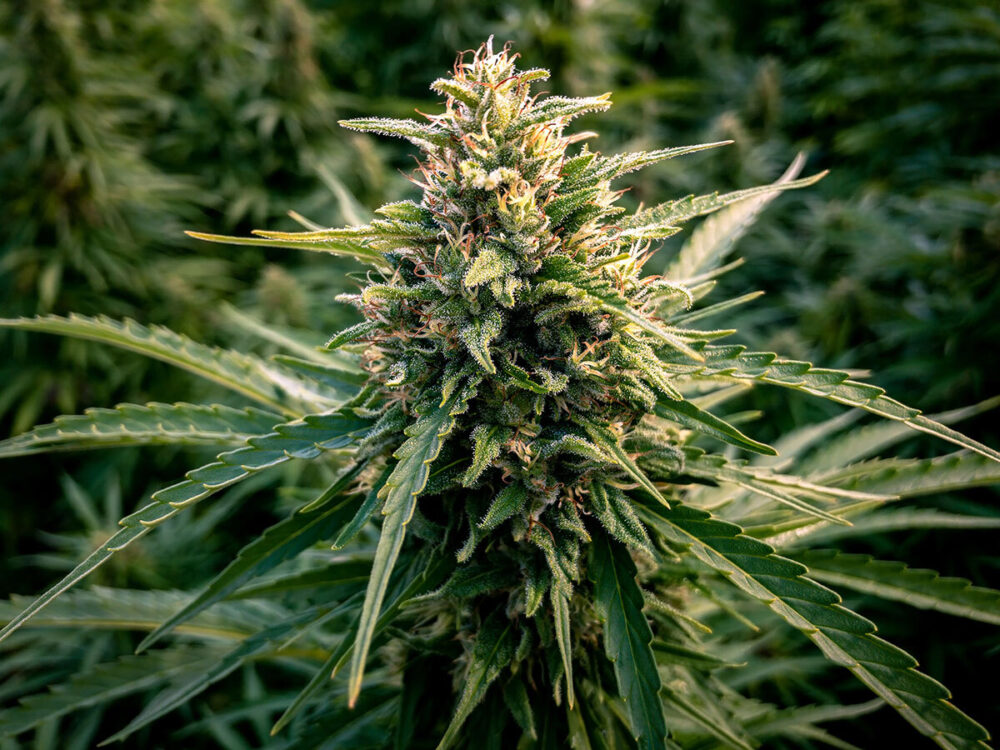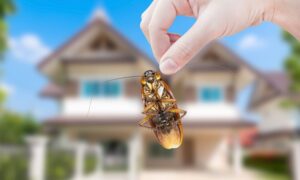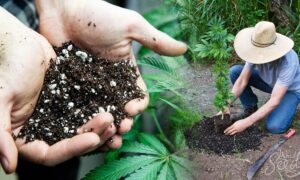The use of cannabis in skincare, drugs, and other industries has pushed the demand for the herb up a notch. Due to the ease of cultivation and tremendous benefits offered by cannabis, growers are often in search of feminized seeds and popular hybrid strains to guarantee more yield.
However, great seeds can only do so much. If the growth conditions are not right, your cannabis field will not yield a bountiful harvest. That said, here are tips to help you grow cannabis outdoors successfully.
Steps Involved in Growing Cannabis Outdoors
When growing cannabis outdoors, you’d be needing garden equipment, water, and good soil. Essential steps involved in growing cannabis outdoors are;
Step 1: Know The Rules And Regulations Governing Cannabis Growth in Your Area of Residence
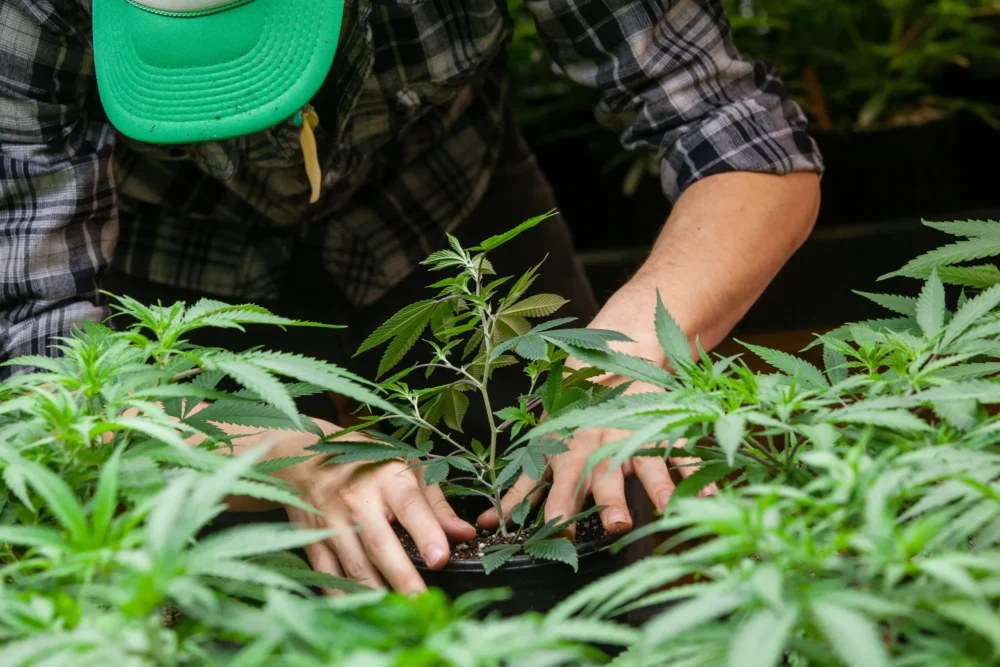
Source: marylandgreenscriptcannabis.com
There are different regulations governing cannabis growth in different parts of the world. For example, some regions allow the cultivation of cannabis strictly for medical purposes, while others allow its cultivation for leisure under certain restrictions.
In states where cannabis cultivation is allowed, you may be required to register the type of herb you want to grow. In addition, there may be regulations governing the size, number, and maturity of plants produced.
Step 2: Decide on The Type of Strain or Seed to Grow
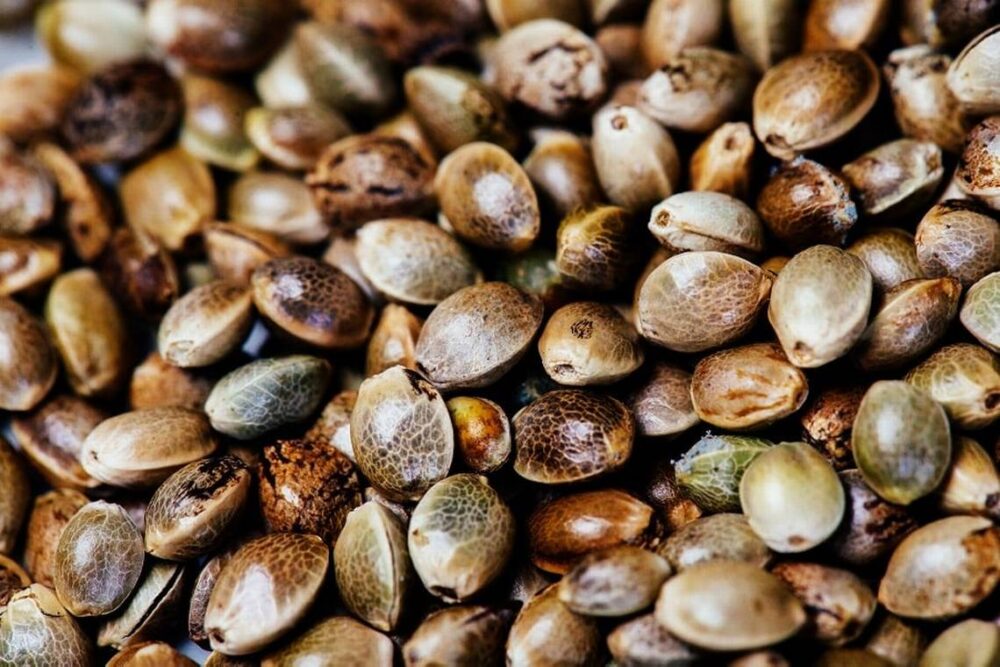
Source: sacbee.com
The cannabis strain you intend to grow will determine the time, manner, and area to plant outdoors. For example, you might want to grow feminized seeds or popular hybrid strains. If you decide to grow any of these two strains, here are noteworthy instructions:
-
Feminized seeds
Feminized seeds are popularly known as cannabis seeds that are specially spawned to get rid of the male chromosomes in the plants to bring forth only female ones. Feminized seeds are also called female seeds.
When growing feminized seeds, the use of pots is highly recommended. So, put the seeds into a pot and allow them to grow for at least a month. The essence of this is to enable them to germinate and develop their roots well before introducing them outdoors. Avoid using clay pots because they retain heat which might dry out the plant’s roots and soil.
-
Hybrid Strains
Hybrid strains are a cross between the popular Sativa and Indica plants. And as a result, they retain the features of both species. However, a hybrid strain can be more Indica than Sativa (and vice versa). An Indica-dominated strain will have more relaxative properties while Sativa-dominated strains are known to deliver a creative and energetic boost to users
So, when growing popular hybrid strains, you should choose a strain that fits your harvest goal and can grow outdoors.
Step 3: Choose a Good Soil
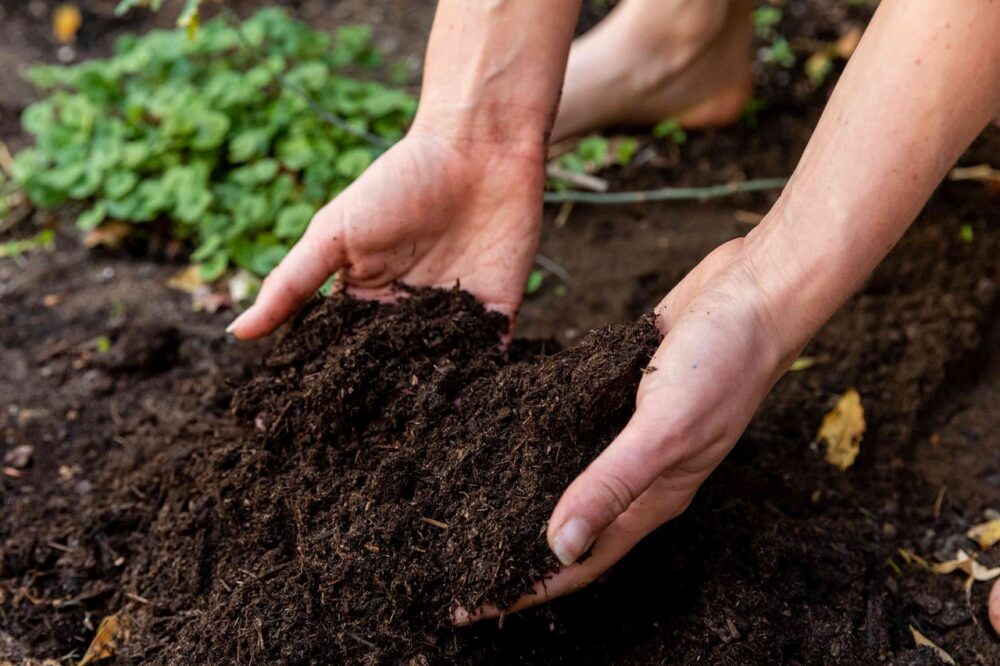
Source: thespruce.com
An ideal soil for growing cannabis plants should have a fluffy and light texture, a dark appearance, and should be rich in nutrients. It should be able to retain a good proportion of water and drain the excess. Great outdoor soil for cannabis should have a PH of 6.
Step 4: Supply Desired Amount of Nutrient
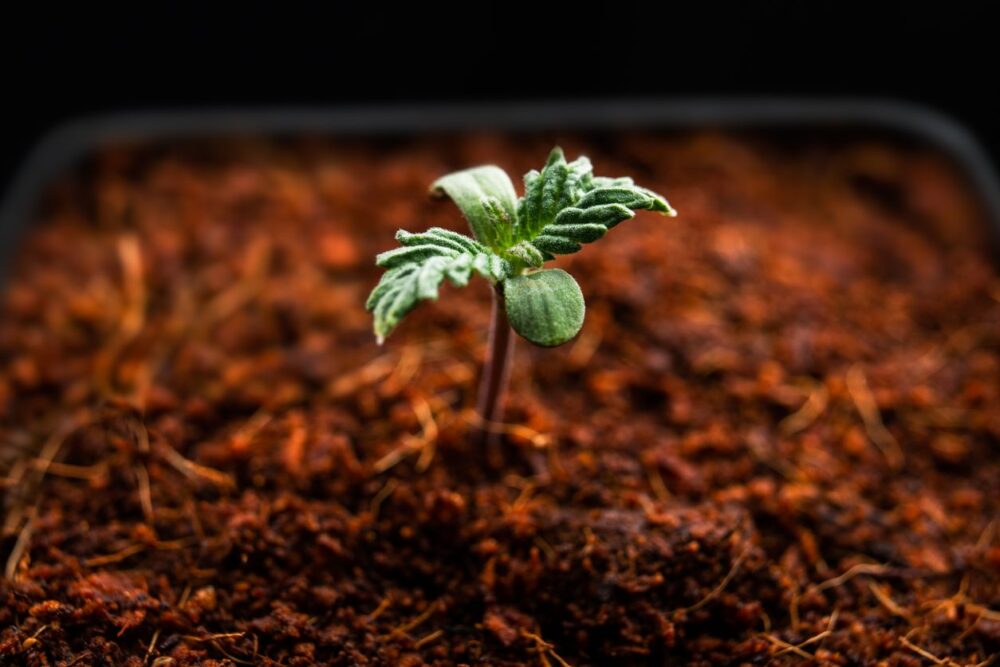
Source: cannabis.wiki
As much as cannabis plants can grow excellently using available nutrients in the soil, at some point, they might need additional nutrient application. This is because cannabis plants require more nutrients as they grow, so they continuously deplete the soil of nutrients. The primary nutrients for growing cannabis are phosphorus, potassium, and nitrogen.
You should introduce more nitrogen during the vegetative phase to help develop healthy roots and leaves. Introduce more phosphorus and potassium during the flowering cycle to encourage the growth of well-developed flowers and healthy stems.
Advisably, always avoid all-in-one fertilizer because the nitrogen content might be too high for the plant during the flowering cycle, which can cause damage to essential soil microorganisms.
There are various standard lines of nutrients designed for cannabis growth which you can use with appropriate feeding charts to ensure nutrients are used in the desired proportion.
The Herbies Seeds often suggests the use of only organic nutrient sources for healthy plant growth. There are various organic nutrient sources ranging from kelp meal, earthworm castings, bat guano, fish emulsion, and others that can provide the right nutrient proportion for different growth phases.
Step 5: Supply an Adequate Amount of Water
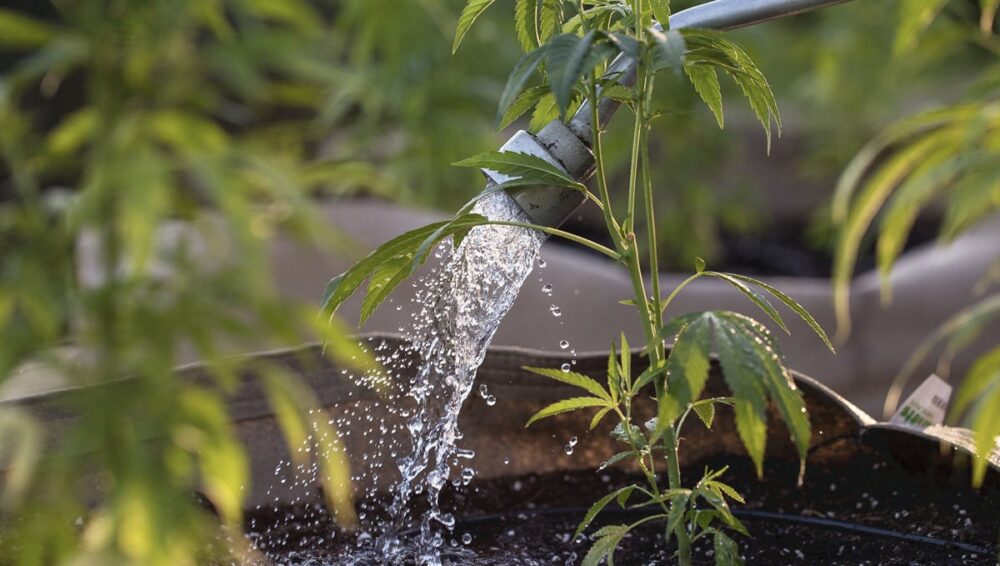
Source: 2fast4buds.com
There are variations in the amount of water needed by different strains of cannabis. Factors such as soil type, size of plant and container, and environmental conditions bring about these variations. For example, bigger strains need more water than smaller-sized strains.
A cue that your plant needs more water are signs of wilting. In contrast, signs of overwatering are droopy leaves.
Step 6: Excellent Pest And Weed Control Strategies
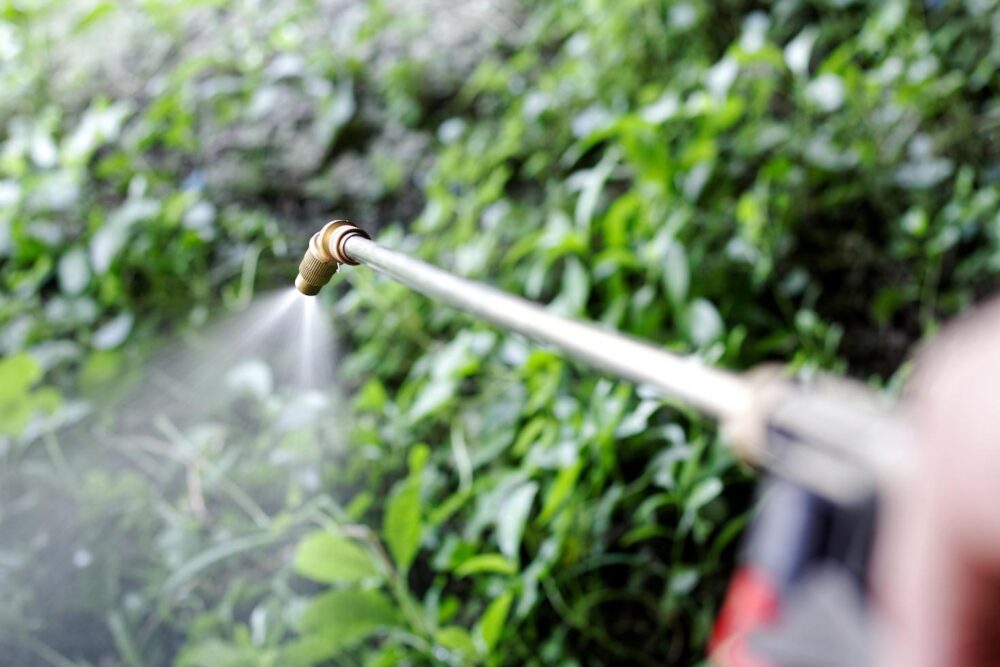
Source: greenbiz.com
Cannabis attracts pets a lot. Therefore, you should choose a strain with high immunity to pests and weeds. Always clear bushy areas around your plant to prevent pests and weeds from wreaking havoc. However, when weeds and pests persist, the Herbies head shop advises that you use only organic pesticide and insecticide solutions to keep them in check.
Conclusion
Many states allow the cultivation of cannabis due to the many benefits derived from the plant. Chief among them is the production of medicines, and durable construction materials. Like many other plants, cannabis seeds require good soil conditions, a supply of desirable nutrients, and just enough water to grow well.


